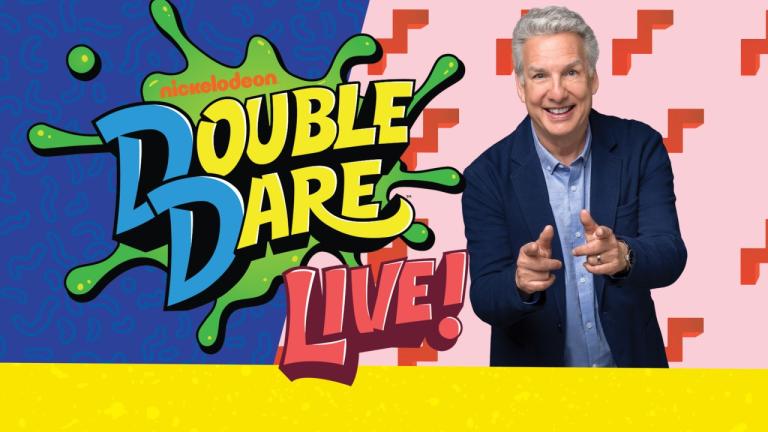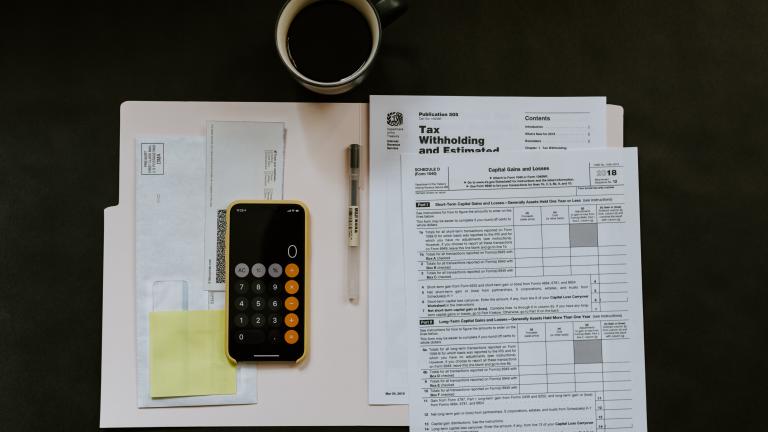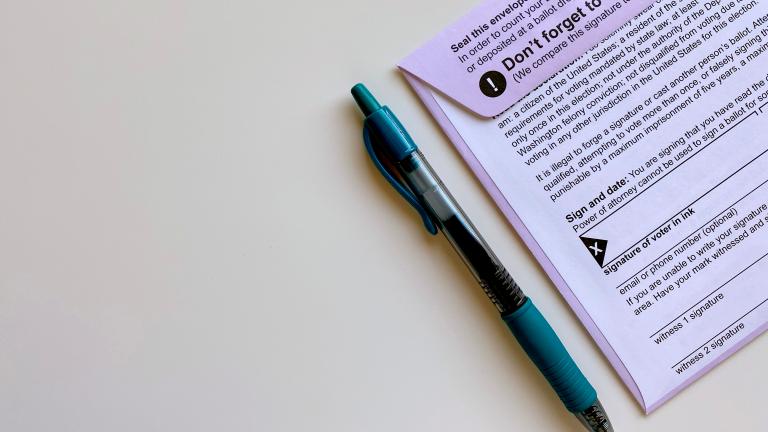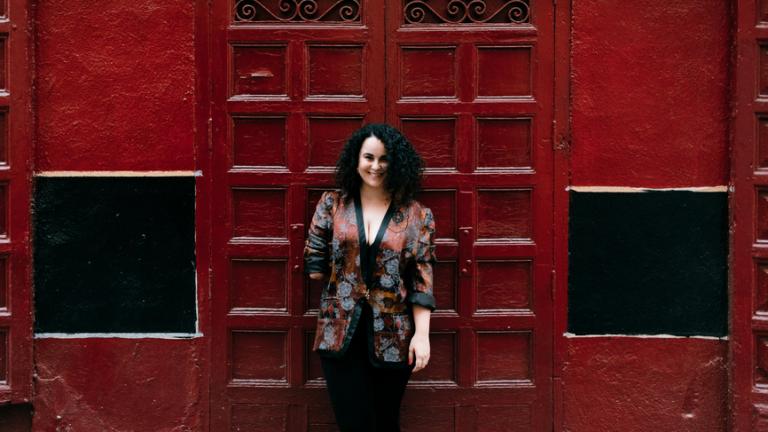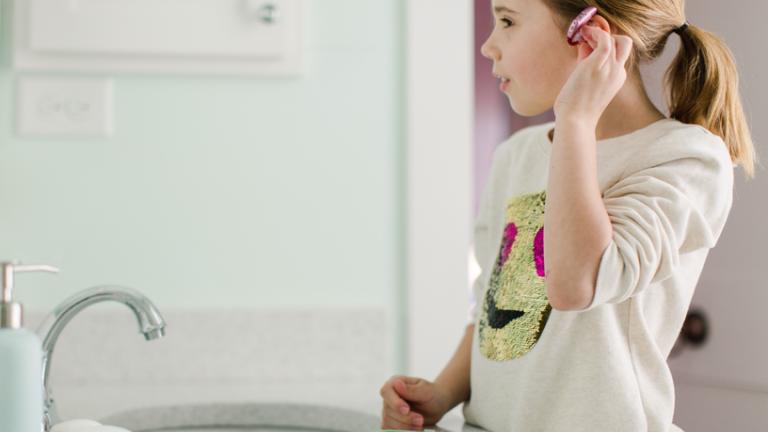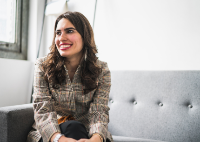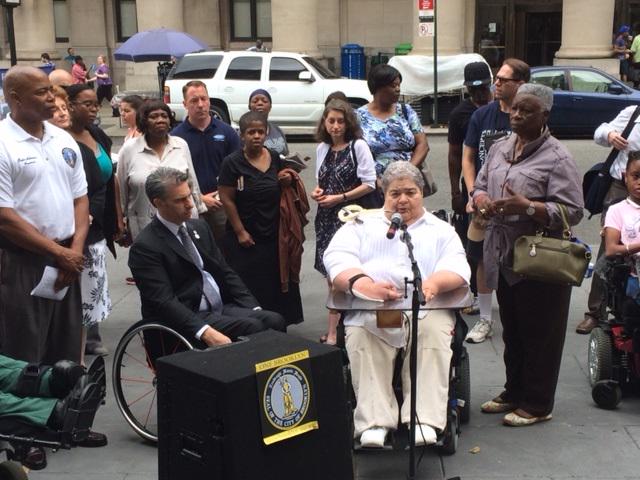July 2020 Events
July 2 at 10:00am
Renowned speech language pathologist Uri Schneider (MA, CCC-SLP) will be doing a live video Q&A with us. What questions do you have for him? We want to make sure we use our time with Uri to respond to your needs. Post your questions for him here.
July 3
Interview with Dr. Elliot Kaminezty, Ph.D., a licensed clinical psychologist who specializes in the treatment of obsessive-compulsive disorder (OCD) and other anxiety disorders in adults and children. He is also the Founder and Clinical Director of My OCD Care. Please submit your questions for Dr. Kaminetzky here.
July 6
We will be speaking with motivational speaker John Quinn (@quinnjo), who has Cerebral Palsy. John was diagnosed with CP at a young age. His condition resulted in partial paralysis and meant that he did not learn to walk till the age of four. As an adult he served in the United States Navy, all while keeping his CP a secret. He has written a memoir titled, Someone Like Me. Of it, John says: “My memoir is not a military book, not for people with cerebral palsy. It’s for anyone who wants to read an inspirational story of hard work and hope.” Please ask your questions for John here.
July 7
Interview with Victoria Garrick. Victoria is an athlete as well as a mental health and healthy body-image advocate. She is a former semi-pro volleyball player and knows the stresses that athletes face. She began advocating for student-athlete mental health and in 2019 she founded The Hidden Opponent. The Hidden Opponent raises awareness for the mental health struggles of student athletes and gives them a safe space where they can share their experiences. Victoria has given a Tedx Talk, “Athletes and Mental Health: The Hidden Opponent” and has started a campaign under the hashtag #RealPost, where she encourages people to share unedited photos. Victoria's work helps to de-stigmatize mental health issues among the athlete community.
July 13
Interview with Mindy Scheier, Founder and CEO of Runway of Dreams Foundation and Gamut Talent Management. Before starting the Runway of Dreams Foundation (RoDF) in 2014, Mindy Scheier spent 20 years working in fashion on the design team for the INC collection and as a stylist for Saks Fifth Avenue. Mindy was inspired to start RoDF after her son Oliver, who has muscular dystrophy, dreamed of wearing jeans like everyone else. After using her design skills to adapt a pair that met his needs and increased his confidence, she went on to conduct extensive research to develop modifications that would meet the needs of the largest minority in our world- people with disabilities. The clothing modifications she developed include alternate closures, adjustability and alternative ways to get in and out of the clothing. Following its launch, RoDF partnered with Tommy Hilfiger on the first mainstream adaptive clothing line for kids in 2016. Please ask your questions for Mindy here.
July 27
Brad and Bryan Manning from Two Blind Brothers will be stopping by to talk with us! At a young age Brad and Bryan were diagnosed with Stargardt’s Disease, which causes progressive blindness over time. As a result of their condition, they were inspired to start the clothing line Two Blind Brothers, consisting of shirts where all the proceeds go to research to help cure blindness.

